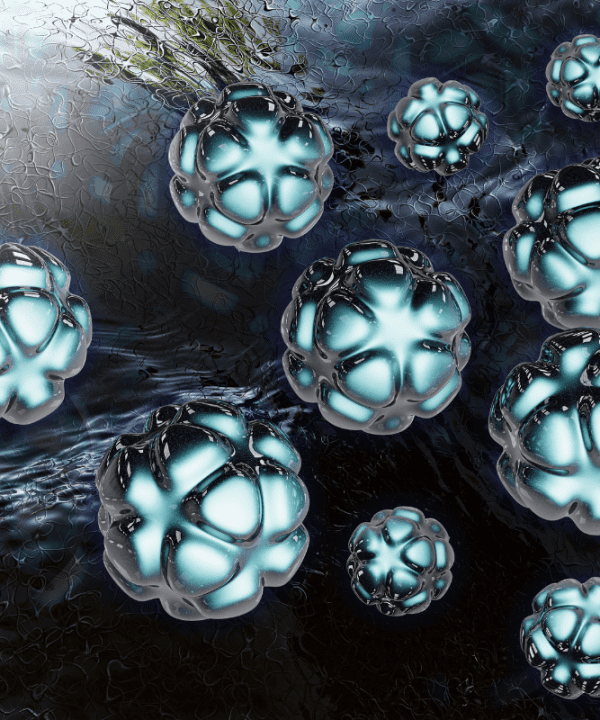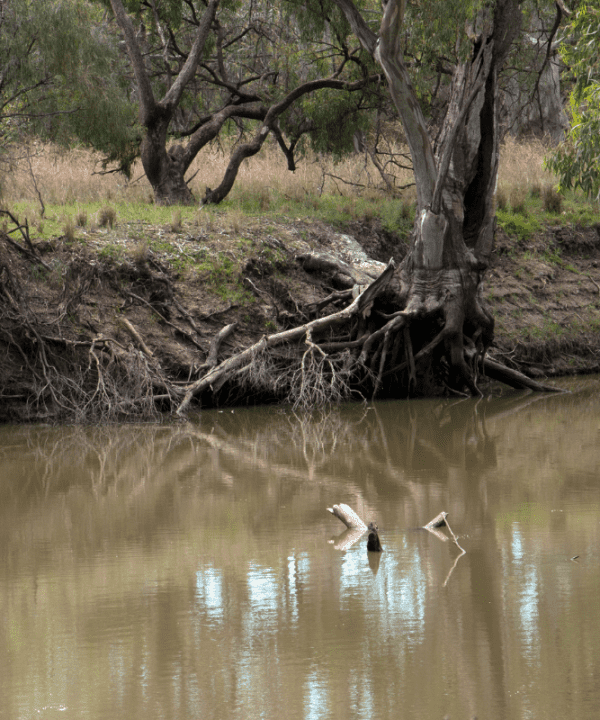
PROJECT DETAILS
- Project No 1059
- Project Name Bad tastes, odours and toxins in our drinking water reservoirs: Are benthic cyanobacteria the culprits?
- Lead Organisation WaterNSW
- Research Lead University of Adelaide
- Main Researcher Justin Brookes
- Completion Year 2018
Project Description
Blue-green algae (cyanobacteria) reduce water quality especially when they bloom and form high numbers of cells which produce toxins, and taste and odour compounds. Most cyanobacteria photosynthesise and tend to grow and float at depths which optimise their exposure to sunlight, but an increase in unexplained occurrences of taste and odour compounds in reservoirs, and a bloom of benthic (bottom-living) cyanobacteria, forced the closure of a water supply. This research examined the role that bottom-living benthic cyanobacteria play in the production of toxins or taste and odour compounds. Seven DNA-based PCR tests were developed to identify benthic species of cyanobacteria and their capacity for producing toxins. A taste and odour compound, and two toxins were found in winter and spring in an SA reservoir, whereas a different taste and odour compound and toxin assemblage were found in summer and autumn in a reservoir in NSW. These results will help water suppliers to anticipate and manage future aesthetic or toxin issues related to benthic cyanobacteria.





